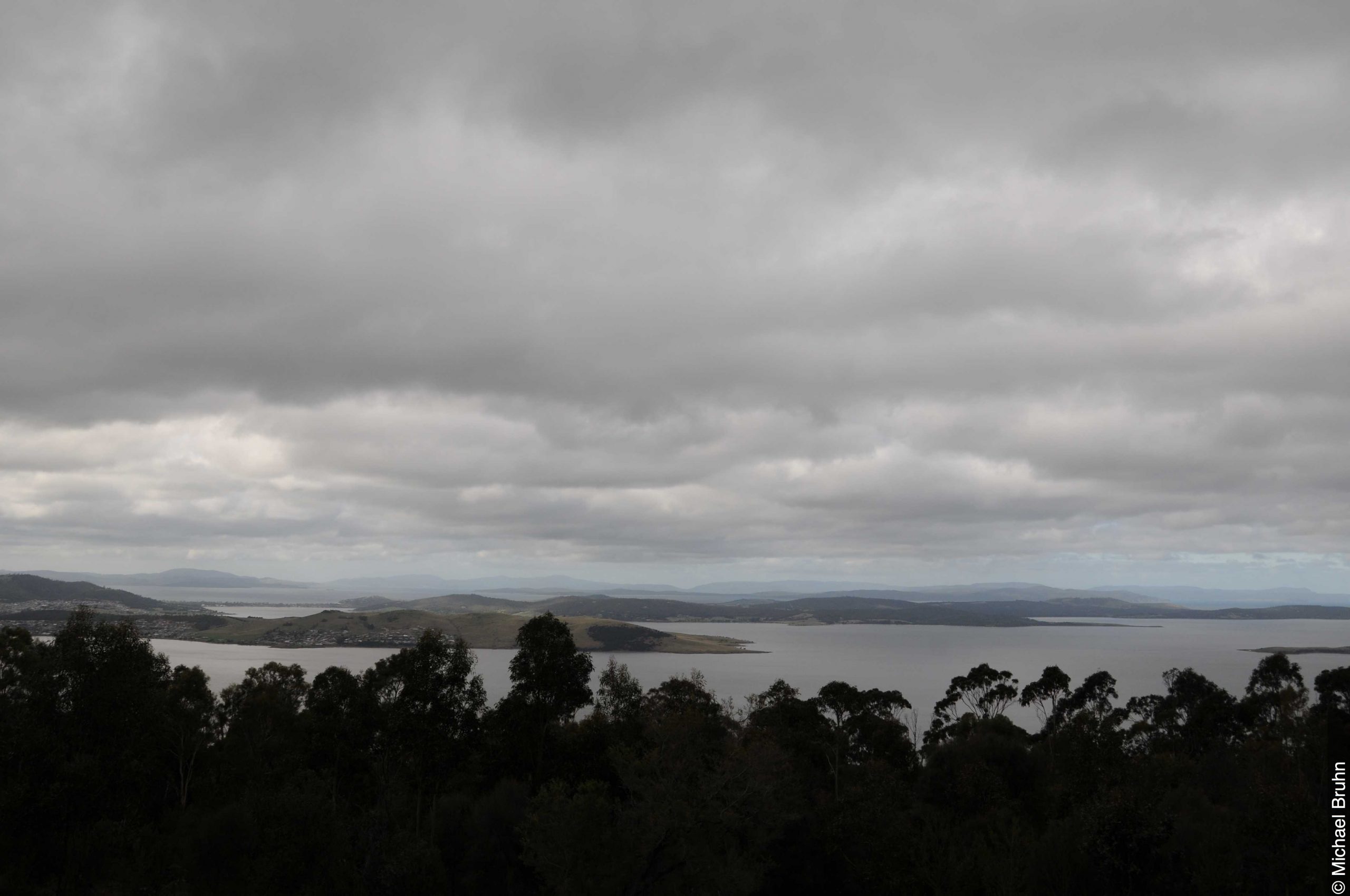
07 Jan Stratocumulus Clouds
[fusion_builder_container hundred_percent=”no” hundred_percent_height=”no” hundred_percent_height_scroll=”no” hundred_percent_height_center_content=”yes” equal_height_columns=”no” menu_anchor=”” hide_on_mobile=”small-visibility,medium-visibility,large-visibility” status=”published” publish_date=”” class=”” id=”” background_color=”” background_image=”” background_position=”center center” background_repeat=”no-repeat” fade=”no” background_parallax=”none” enable_mobile=”no” parallax_speed=”0.3″ video_mp4=”” video_webm=”” video_ogv=”” video_url=”” video_aspect_ratio=”16:9″ video_loop=”yes” video_mute=”yes” video_preview_image=”” border_color=”” border_style=”solid” margin_top=”” margin_bottom=”” padding_top=”” padding_right=”” padding_bottom=”” padding_left=”” type=”legacy”][fusion_builder_row][fusion_builder_column type=”1_1″ layout=”1_1″ spacing=”” center_content=”no” link=”” target=”_self” min_height=”” hide_on_mobile=”small-visibility,medium-visibility,large-visibility” class=”” id=”” background_color=”” background_image=”” background_image_id=”” background_position=”left top” background_repeat=”no-repeat” hover_type=”none” border_color=”” border_style=”solid” border_position=”all” border_radius=”” box_shadow=”no” dimension_box_shadow=”” box_shadow_blur=”0″ box_shadow_spread=”0″ box_shadow_color=”” box_shadow_style=”” padding_top=”” padding_right=”” padding_bottom=”” padding_left=”” margin_top=”” margin_bottom=”” animation_type=”” animation_direction=”left” animation_speed=”0.3″ animation_offset=”” last=”true” border_sizes_top=”0″ border_sizes_bottom=”0″ border_sizes_left=”0″ border_sizes_right=”0″ first=”true”][fusion_text columns=”” column_min_width=”” column_spacing=”” rule_style=”default” rule_size=”” rule_color=”” hide_on_mobile=”small-visibility,medium-visibility,large-visibility” class=”” id=””]
Stratocumulus clouds are the most common cloud on planet Earth. They are essential low level, clumps or patches of cloud which vary in colour from bright white to dark and dull grey. These common clouds are recognised with their defined bases, some of which are darker than others. They usually have gaps between to signify their individuality but its not uncommon for them to become joined together.
Stratocumulus clouds typically form from status clouds breaking up. They are indicators of a change in weather and are usually present near any type of frontal system (cold, warm or occluded). While these clouds are typically fairly dull on the weather front, they can produce showery conditions. These unsettled conditions however are usually due to other clouds being present with the stratocumulus clouds, not the stratocumulus clouds themselves. In reality, they rarely produce anything more than drizzle.
Stratocumulus clouds are categories into 4 seperate groups, while the mechanics that make up stratocumulus clouds are the same for each group.. their are slight differences that help determine which is which. These include Stratiformis, Cumulogenitus, Lenticularis and Castellanus.
-
Stratocumulus Stratiformis: These are the most common of the common and are basically flat based layers of cloud with a few cracks between each individual cloud.
-
Stratocumulus Cumulogenitus: These typically occur when cumulus clouds encounter a temperature inversion which suppresses their development and growth from transitioning between cumulus and cumulonimbus. These then spread outwards and clump together.
-
Stratocumulus Castellanus: These are a much thicker and much more drizzly type of stratocumulus cloud. Turreted tops form when convection initiates through the stable layer and allows the stratocumulus to extend upwards. This can potentially lead to the formation of cumulus congestus or even cumulonimbus thunderstorm clouds.
-
Stratocumulus Lenticularis: These are the rarest of the stratocumulus family and are often spotted around hilly or mountainous terrain. They have a very different appearance to the far more spectacular lenticular cloud. They form when hills or mountains produce atmospheric waves which then contribute to their lens-shaped appearance.
[/fusion_text][/fusion_builder_column][/fusion_builder_row][/fusion_builder_container]




Sorry, the comment form is closed at this time.